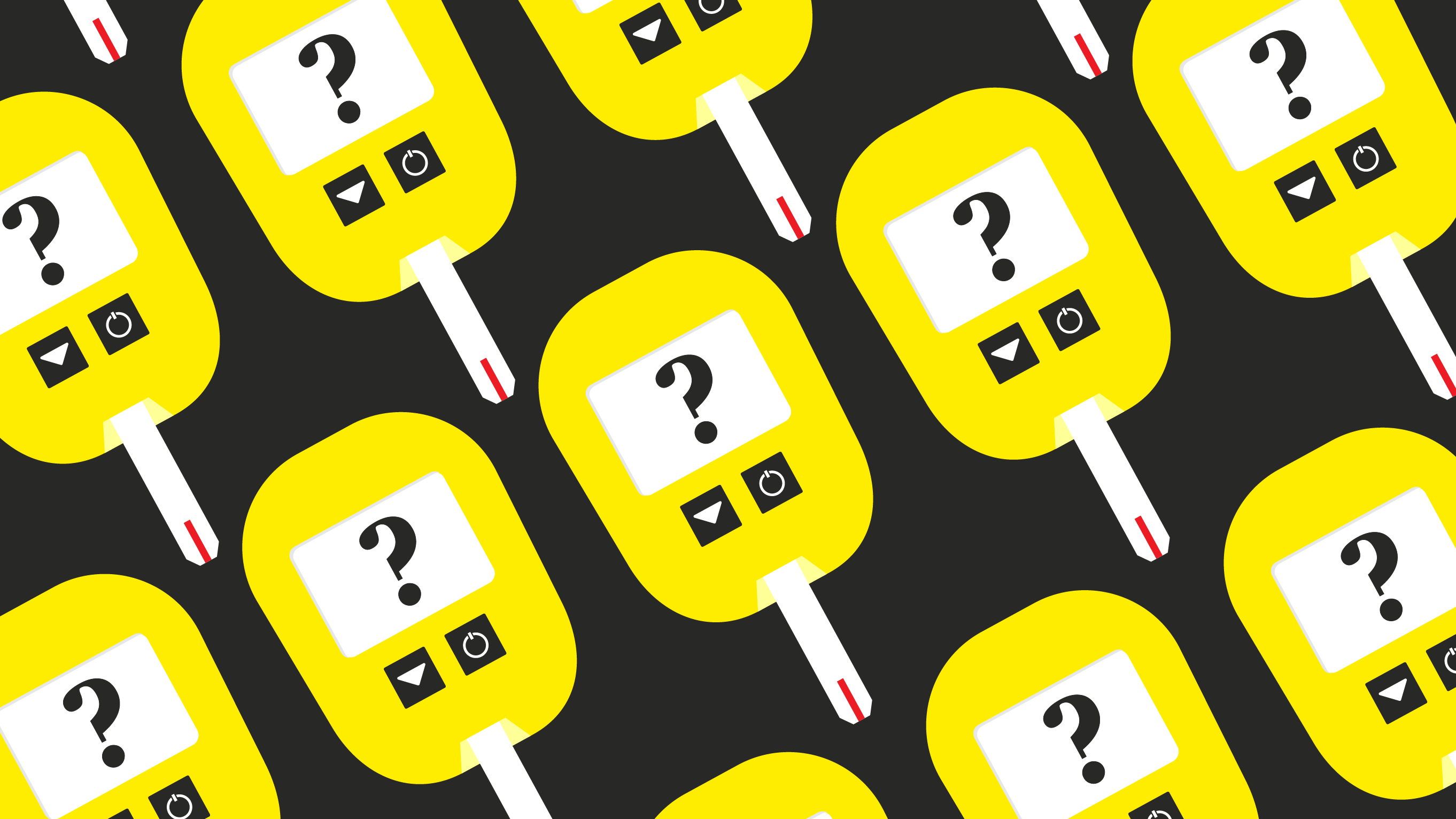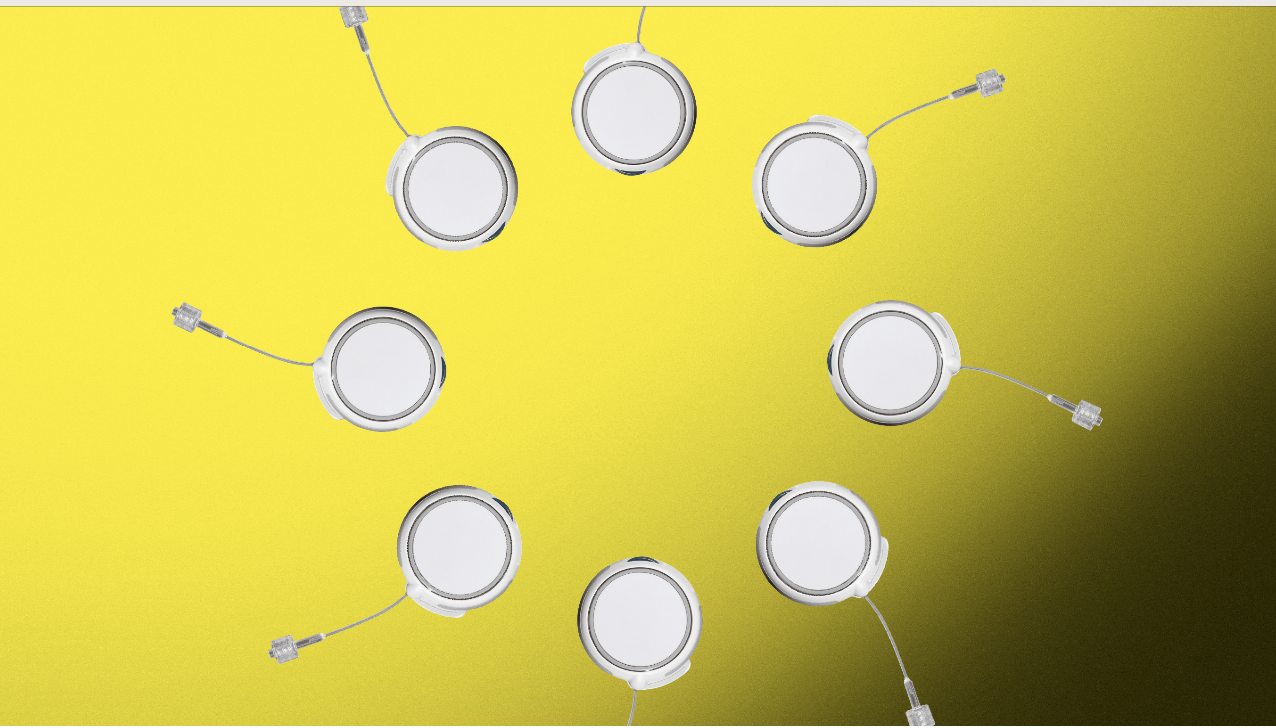Insulin Pump Benefits: Switching from MDI to a Pump
Written by: Ginger Vieira
2 minute read
April 12, 2021
Switching from multiple daily injections (MDI) to an insulin pump is exciting but can feel overwhelming. With insulin pump benefits like precise dosing and easier management, this change, supported by your healthcare team, could make all the difference.
Why choose an insulin pump?
Insulin pump benefits are everywhere, incluing:
- Precise basal rates: Pumps let you customize insulin delivery to your body’s needs, hour by hour.
- Automatic calculations: Pumps handle the math for correcting highs or covering carbs.
- Meal flexibility: Features like extended boluses help manage high-fat, high-carb meals.
- Less insulin needed: Pumps often reduce overall insulin use compared to injections.
- Easier management: Pumps simplify handling exercise, stress, and other variables.
Getting started
Switching to a pump means using fast-acting insulin only. Discuss your reasons for switching with your healthcare team to ensure you’re ready for the responsibility, like changing infusion sites every three days and addressing pump issues quickly.
Prepare for the transition
- Track your doses: Document your insulin use, blood sugar levels, and meals for two weeks before starting.
- Start with a CGM: If using a continuous glucose monitor (CGM), begin a week before the pump to avoid learning two devices at once.
- Check your habits: Pumps don’t replace monitoring blood sugar or dosing insulin—you’ll still need to stay engaged.
Your first pump appointment
Bring your pump supplies and a support person to your appointment. Your healthcare team will program your pump, teach you how to use it, and guide you through setting up infusion sites. They’ll also help estimate your initial doses based on your total daily insulin use.
Fine-tuning your pump
During the first month, work closely with your healthcare team to adjust basal rates, meal bolus settings, and correction factors. Follow-up appointments at one, two, and four weeks are essential to address questions and refine your settings.
The bottom line
Switching to a pump can make managing diabetes easier and more flexible. With preparation and support, you’ll be on your way to better blood sugar control and a smoother routine.

Author
Ginger Vieira
Ginger Vieira is an author and writer living with type 1 diabetes, celiac disease, fibromyalgia and hypothyroidism. She’s authored a variety of books, including “When I Go Low” (for kids), “Pregnancy with Type 1 Diabetes,” and “Dealing with Diabetes Burnout.” Ginger’s also written for Diabetes Mine, Healthline, T1D Exchange, Diabetes Strong and more! In her free time, she is jumping rope, scootering with her daughters, or walking with her handsome fella and their dog.
Related Resources

Hyperglycemia—or high blood sugar—can sneak up on you, whether it’s from a missed dose, a...
Read more

Sequel just announced big news for people living with type 1 diabetes: Its twiist automated insulin...
Read more

Managing what to eat while living with diabetes can feel like trying to cook a...
Read more

